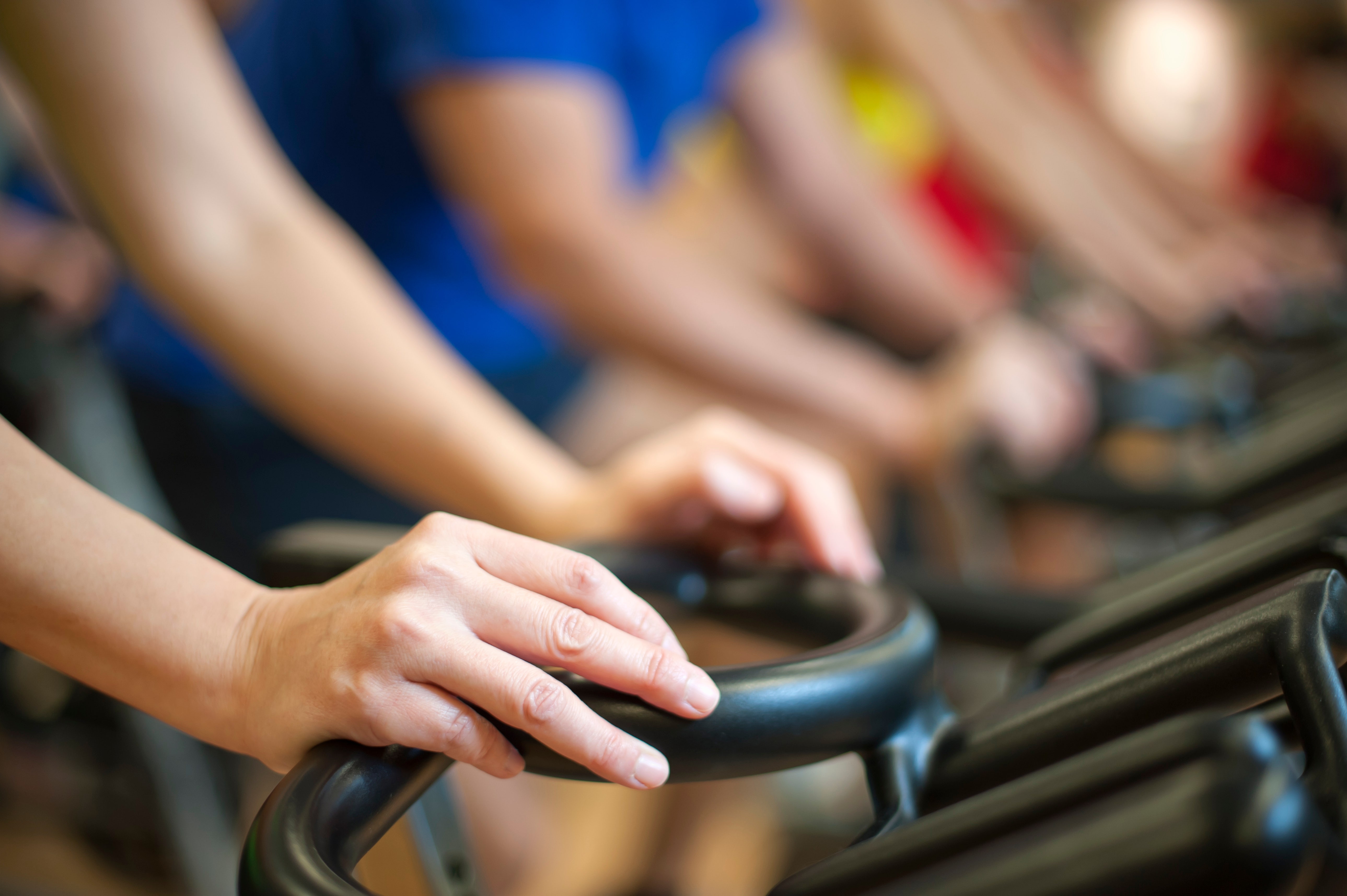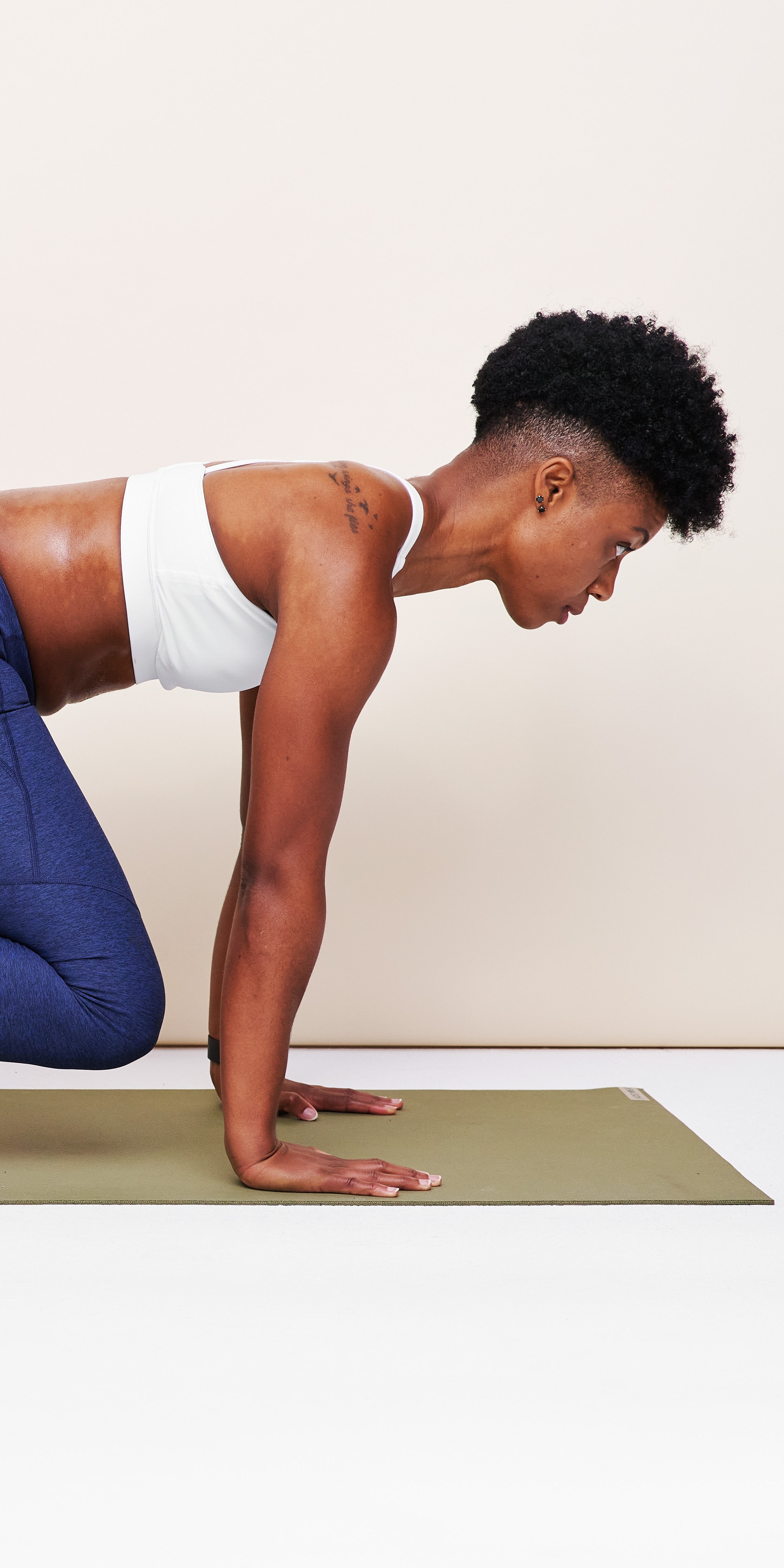
When Lauren Peterson grew nauseated after 15 minutes of an indoor cycling class, she didn’t think anything was terribly wrong. The 33-year-old Bronx resident brushed off her symptoms of nausea and light-headedness and went on with her day.
But within days, Peterson’s thighs were painful and swollen, and her urine had become darker. “I was crying putting on my socks, my thighs hurt so bad,” Peterson told TODAY. “I was scared. I knew something was really wrong with me. I didn’t know what it was.”
A trip to the emergency room revealed that Peterson had developed rhabdomyolysis—a potentially fatal condition impacting 26,000 Americans each year, according to a report published in American Family Physician. When someone has rhabdomyolysis, their muscles are actually breaking down. This leads to myoglobin (the protein that stores oxygen in muscles) leaking into the bloodstream, which can cause kidney damage.
Rhabdomyolysis patients often show symptoms within 24 to 72 hours, Udayan Bhatt, M.D., a physician in the Ohio State University Medical Center’s Division of Nephrology, tells SELF. These symptoms include: extreme muscle pain or soreness, muscle weakness, nausea or vomiting, darkened urine, and thirst—among other things. (Once your urine has darkened, you definitely want to see a medical professional, Bhatt says.)
Peterson developed rhabdomyolysis after going to an indoor cycling class (the timing of the incident wasn’t specified), and she’s not alone. Maureen Brogan, M.D., a kidney specialist at Westchester Medical Center who treated Peterson, told TODAY that she’s seen six cases of indoor cycling-related rhabdomyolysis in the last two years. Brogan recently published research on three such cases.
But it’s not just a problem for indoor cycling devotees—rhabdomyolysis is also fairly common among marathon runners and people who do CrossFit, Gerardo Miranda-Comas, M.D., an assistant professor of rehabilitative medicine at Mount Sinai’s Icahn School of Medicine, tells SELF. “Sometimes people training for races increase their mileage very fast and start doing long runs without their body being ready for them,” he says. “With CrossFit, it’s very intense—some workouts are at a high intensity over a prolonged period of time.”
In these cases, rhabdomyolysis is really about over-exertion. For Peterson, that meant taking an intense indoor cycling class when she hadn’t worked out in a while. For marathon runners, that could mean ramping up training and pushing your body too hard before it’s ready. And for people who do CrossFit, that could mean doing high-intensity intervals back-to-back for a long time with too little rest in between sets. To be clear, we’re not saying this will definitely happen to these kinds of athletes—or only happen in these kinds of situations. It’s important for anyone who exercises to be aware that over-exertion doesn’t give your body the time it needs to rest and recover, and there is a risk of severely straining your muscles to the point of potential breakdown.
At its most severe, rhabdomyolysis can lead to cardiac arrhythmia (irregular heartbeat) or death. But Miranda-Comas says the most common major complication is kidney injury. Depending on the severity of the condition, treatment can involve dialysis. But more often than not, Bhatt says, treatment just involves hydrating the patient, stabilizing their electrolyte count and potassium levels (which can be disrupted when you have myoglobin leaking into your bloodstream), and making sure they rest.
Both Miranda-Comas and Bhatt say easing back into fitness after developing rhabdomyolysis takes time—and not everyone agrees on what that timeline is. Based on Mirandas-Comas’ experience, he recommends waiting several weeks—or in some cases, months—for your muscle tissue to repair itself and regain strength after you’ve received treatment. From there, Miranda-Comas advises doing a little light exercise and getting re-evaluated by a physician. “If you show no symptoms, you can restart more strenuous physical activity,” he tells SELF.
All this sounds pretty scary, but Bhatt doesn’t want the risk of rhabdomyolysis to deter anyone from working out. “I don’t want people to think working out will lead to this severe complication,” he says. “It’s something that can occur, but it’s rare.”
So what steps can you take to avoid rhabdomyolysis? You can start by staying hydrated—carry a water bottle with you when you work out. Bhatt also recommends listening to your body and not pushing it past its limit. “If you’re really struggling with your workout, maybe that’s a sign to ramp down your activity a bit on that particular day,” he says. Finally, some things—like certain medications and high doses of caffeine—can increase your risk of developing rhabdomyolysis. Talk to your doctor to find out what you should look out for.
To recap: Rhabdomyolysis is frightening—but rare. You should know what symptoms to spot (extreme muscle pain and darkened urine), but you shouldn’t let it keep you from working out.















